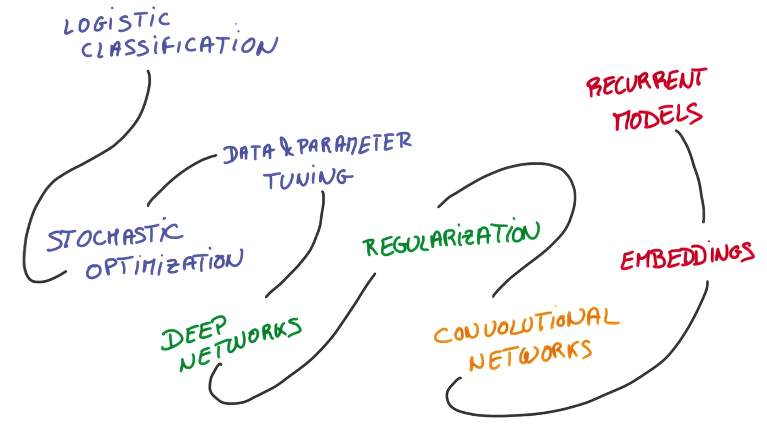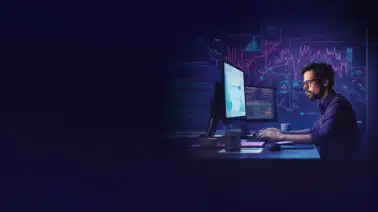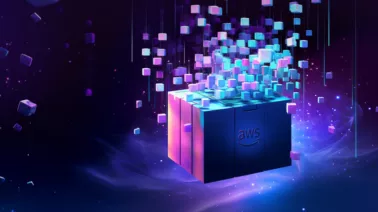Learn to build deep learning models.
Start Learning
This is a guest post from Vincent Vanhoucke, a Principal Scientist at Google. He is a technical lead and manager in Google’s deep learning infrastructure team.
Deep learning is a modern take on the old idea of teaching computers, instead of programming them. It has taken the world of machine learning by storm in recent years, and for good reason! Deep learning provides state-of-the-art results in many of the thorniest problems in computing, from machine perception and forecasting, to analytics and natural language processing. Our brand new Deep Learning Course, a collaboration between Google and Udacity, will have you learning and mastering these techniques in an interactive, hands on fashion, and give you the tools and best practices you need to apply deep learning to solve your own problems.
Reading the flurry of recent popular press around deep learning, you might rightfully wonder: isn’t deep learning just a ‘Big Data’ thing? Don’t I need the computing resources of Google or Facebook to take advantage of it? Isn’t there a lot of ‘black magic’ involved in making these models tick? And wouldn’t it only work for a narrow spectrum of perception tasks in the first place?
As someone from industry who accidentally fell into deep learning while working on Google Voice Search just five years ago, I’ve seen how nothing can be further from the truth. At that time, I didn’t use Google’s bazillion machines to get started with deep learning: I bought a modest computer with a GPU. Getting started was difficult then: few people outside of select research groups in academia knew the tricks of the trade which were necessary to make deep learning work well. But the trend – that continues today – of researchers using open source tools, and open sourcing the results of their papers started to take root, and today that knowledge is readily accessible to anyone with basic understanding of machine learning.
Today, the best tools for both research and deployment in industrial applications are all open source, and TensorFlow is a prime example of a framework that caters to the whole spectrum of users: from researchers and data scientists to systems engineers who need production-grade systems to deploy in production. Deep learning is also significantly impacting other arenas as well, including drug discovery, natural language processing, and web analytics. In these cases and more, deep learning is augmenting—and often replacing—the traditional arsenal of machine learning. And it is surprisingly easy to get started on it, with many examples to draw from on the web, open datasets, and a thriving community of enthusiasts.

This new course is geared toward those of you who are eager to try deep learning in the real world, but have have not made the jump yet. Perhaps because you need concrete solutions to concrete problems, and want just enough theory to feel confident exploring what this approach to machine learning can do for you. Or maybe you’re an undergraduate or beginning graduate student, who wants to get your feet wet without spending a whole semester on the problem quite yet, or who wants to start coding here-and-now on a research problem that you care about.
This course is also a great way for those of you with some experience of deep learning to get started with TensorFlow, with end-to-end solutions to several classes of problems spelled out in detailed iPython Notebooks.
Deep learning is just now getting out of the lab and proving itself as a fantastic tool for a wide variety of users. This course is a great opportunity for you to learn about this exciting field and put it to work for you. I hope you enjoy the class as much as I enjoyed putting it together, and that we’ll see you soon join the ranks of this exciting community of researchers and engineers changing the face of machine learning, one stochastic gradient step at a time!




